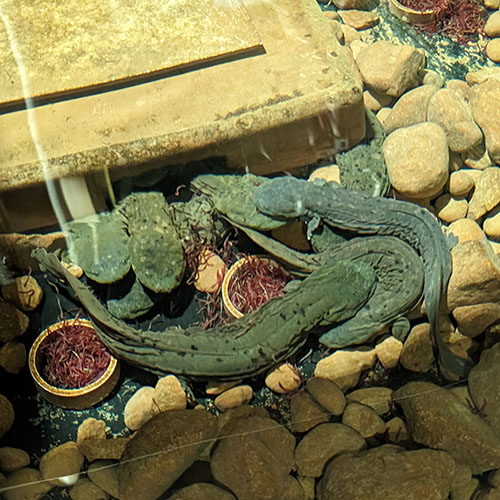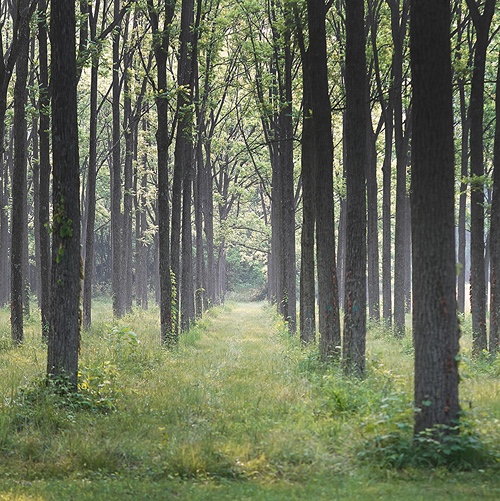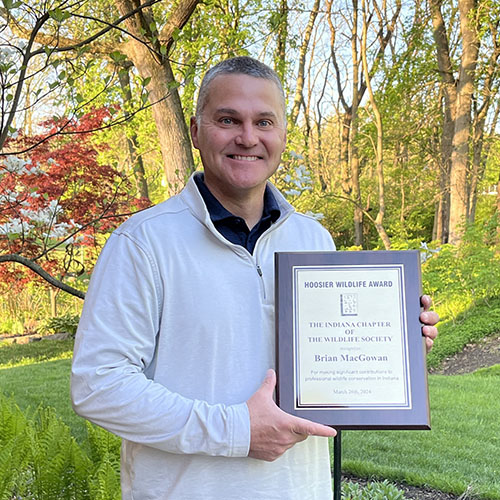Featured Stories

FNR Remembers Alumnus, HTIRC Advisory Committee Member Bob Burke
Robert Dean “Bob” Burke, who received his bachelor’s degree from Purdue...

FNR Celebrates Spring 2024 Graduates
Purdue Forestry and Natural Resources welcomed 62 individuals to its alumni ranks after the May...

Purdue TWS Hosts North Central Section Conclave
The Purdue Student Chapter of The Wildlife Society welcomed fellow students from across the...

Farmers Helping Hellbenders RCPP Program Accepting Applications
The Farmers Helping Hellbenders program is accepting applications through May 10 for the second...

Chris Ardohain: Purdue’s Esri student of the year
Lieutenant Colonel Christopher Ardohain is not your average Purdue graduate student....

Extension Specialist Brian MacGowan Receives Hoosier Wildlife Award
Brian MacGowan, Purdue extension wildlife specialist, has been honored with the Hoosier Wildlife...